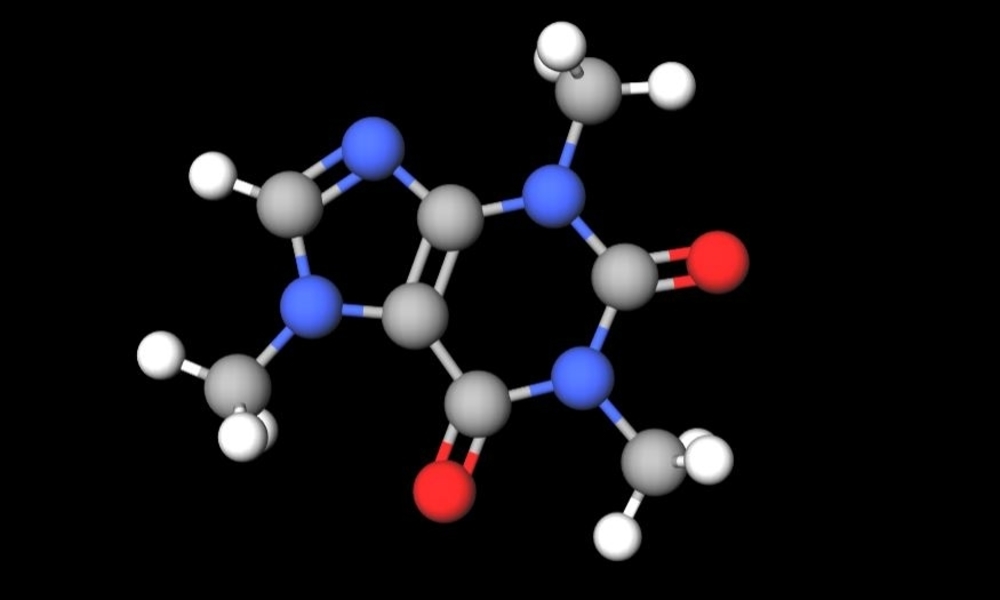
The ChemDoodle Web Components library supports both v2000 and v3000 connection tables for MOLFiles. Now you can output the Molecule to a string that can be sent to your server. You can execute this function by clicking on the Generate MOLFile (v2000) button below the sketcher. Just use the ChemDoodle.writeMOL() function, as shown in the following example: Additional file support is available via iChemLabs cloud services ( iChemLabs cloud services support all of the chemical formats handled by ChemDoodle desktop). The ChemDoodle Web Components library natively supports the MDL MOLFile format. You will need to then output the Molecule to some chemical format that can be understood by your server. Other times, you may need to send the data to a backend server to execute a function that you could not port to JavaScript, for instance. Most commonly, you will send the Molecule data structure to another JavaScript function you have written. Now you can take the content inside of a Canvas that a user has changed, and do something with it! Generating Chemical Formats the SketcherCanvas variable on this page has been named "sketcher" The following source illustrates how the Count Atoms and Bonds button works. Therefore, at any time, you can retrieve the contained Molecule from any Canvas on your webpage.


There is a Canvas.getMolecule() function that will return the Molecule data structure owned by the Canvas. The method for doing this is actually very trivial.

#HOW TO CHANGE A MOLECULE IN CHEMDOODLE FREE#
Feel free to continue to change the molecule in the sketcher the buttons will continue to retrieve the latest molecule and execute functions on it.


 0 kommentar(er)
0 kommentar(er)
